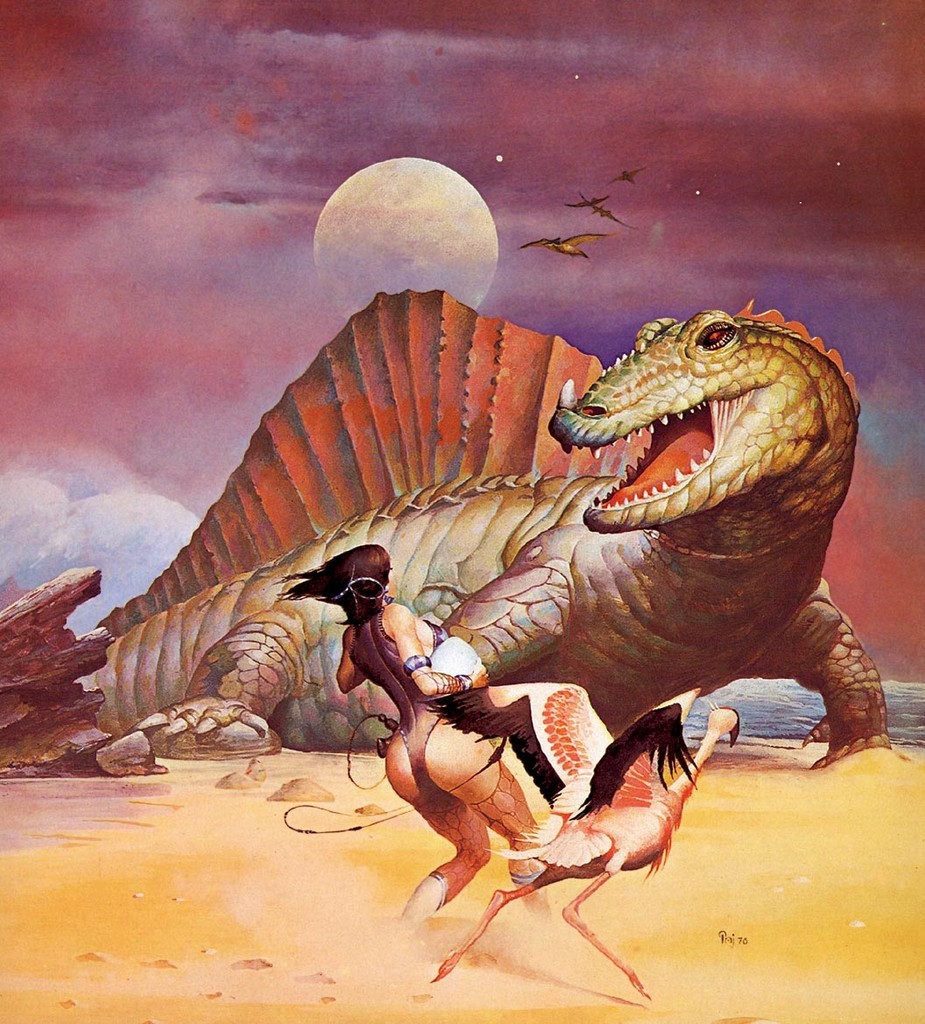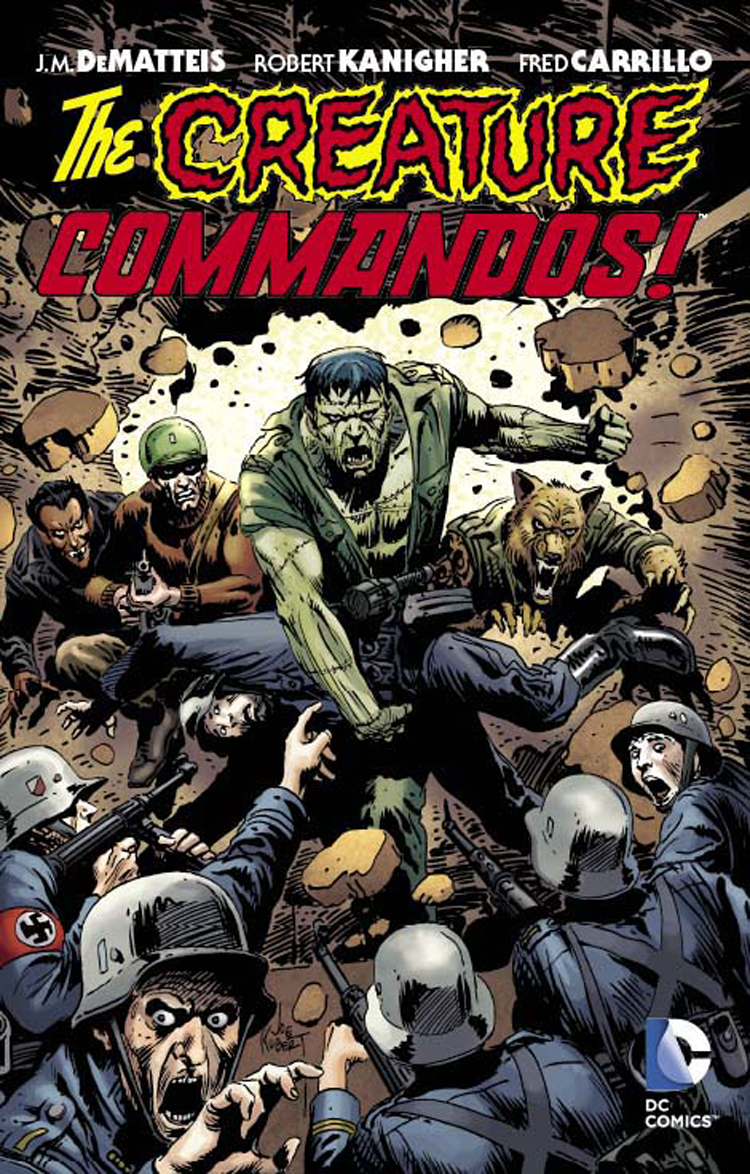Ksaa are an aggressive and expansionist species native to a system on the Rim in the Strange Stars.
Appearance and Biology: Ksaa are oviparous humanoids with some reptile-like characteristics. They have three sexes with a great deal of phenotypic difference between them. Females are large, aggressive (particularly after egglaying) and territorial; males are smaller, more brightly colored, and less intelligent. The neuter sex has pale white coloration and is more intelligent than the others. It is born from eggs incubated at a cooler temperature, hence the name khii gan, meaning "cold egg" literally, but also "eunuch." It is used figuratively to connote something like "cunning bastard."
Psychology: Ksaa society is formed around family groups of related females. They control territory that is administered by cold eggs born of their clutch or another clutch from the same mother. Cold eggs play games of political intrigue for greater wealth and position. They view themselves as superior to the rest of their species and believe their species to be superior to all others. Ksaa are not an organized threat, except in the occasional period where a cold egg manages to unite a significant number of the great families. These periods are generally short-lived, as treachery takes its toll.
Ksaa still retain the predatory instincts of their evolutionary ancestors. They greatly enjoy hunts and take pleasure in toying with prey (and enemies) before killing them.
Stats: Male ksaa are cannon-fodder soldiers little smarter than animals (AC 7, HD 1, AB +2, bite 1d4 or melee weapon), female ksaa are less likely to be encountered but are more formidable (AC 6, HD 2, AB +2, bite 1d4, tail slap 1d6 or weapon), cold egg ksaa can be built like PCs have have attributes in the same range.



















